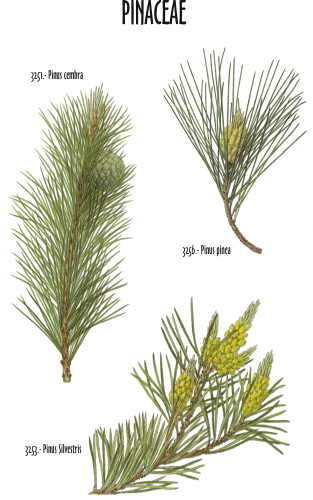Scientific name Pinaceae Rank Family | ||
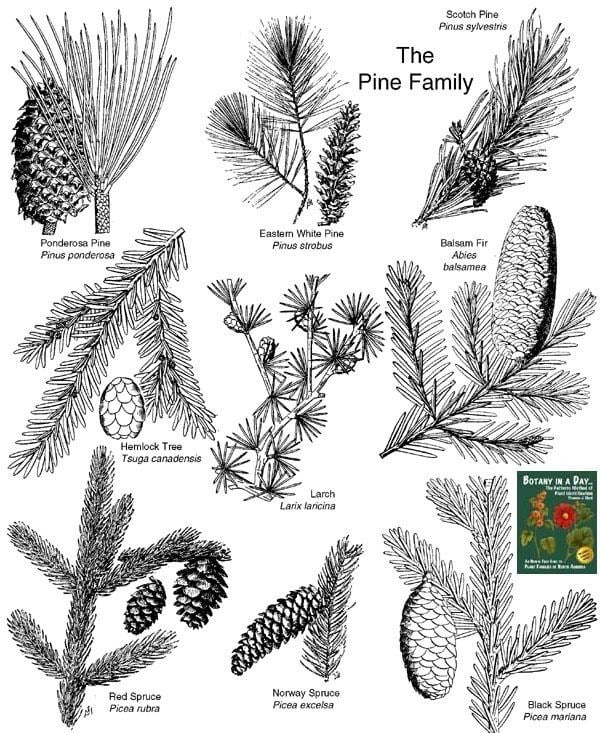 | ||
Lower classifications Pine, Spruce, Fir, Cedar, Larch | ||
Pinus mugo mugo pine or swiss mountain pine pinaceae
The Pinaceae (pine family) are trees or shrubs, including many of the well-known conifers of commercial importance such as cedars, firs, hemlocks, larches, pines and spruces. The family is included in the order Pinales, formerly known as Coniferales. Pinaceae are supported as monophyletic by their protein-type sieve cell plastids, pattern of proembryogeny, and lack of bioflavonoids. They are the largest extant conifer family in species diversity, with between 220 and 250 species (depending on taxonomic opinion) in 11 genera, and the second-largest (after Cupressaceae) in geographical range, found in most of the Northern Hemisphere, with the majority of the species in temperate climates, but ranging from subarctic to tropical. The family often forms the dominant component of boreal, coastal, and montane forests. One species, Pinus merkusii, grows just south of the equator in Southeast Asia. Major centres of diversity are found in the mountains of southwest China, Mexico, central Japan, and California.
Contents
- Pinus mugo mugo pine or swiss mountain pine pinaceae
- Around the world of pinaceae in 180 seconds
- Description
- Classification
- References
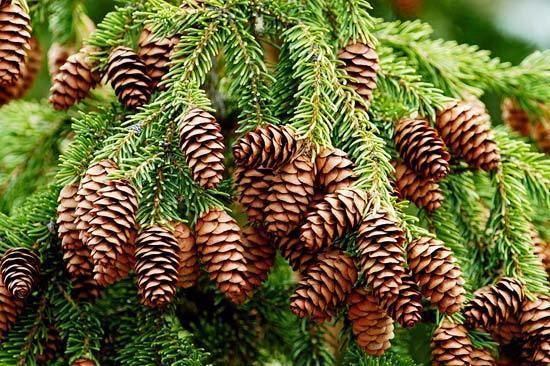
Around the world of pinaceae in 180 seconds
Description
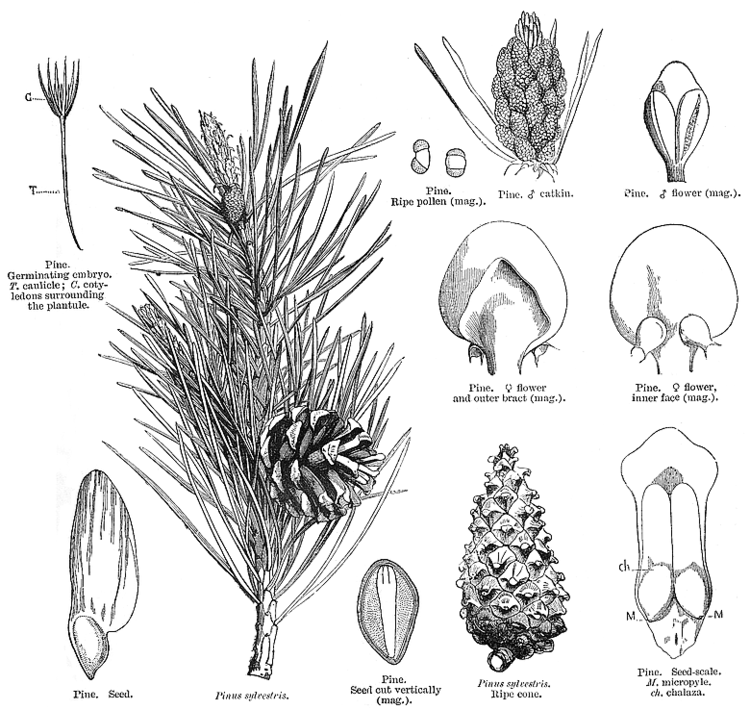
Members of the family Pinaceae are trees (rarely shrubs) growing from 2 to 100 m (7 to 300 ft) tall, mostly evergreen (except the deciduous Larix and Pseudolarix), resinous, monoecious, with subopposite or whorled branches, and spirally arranged, linear (needle-like) leaves. The embryos of Pinaceae have three to 24 cotyledons.
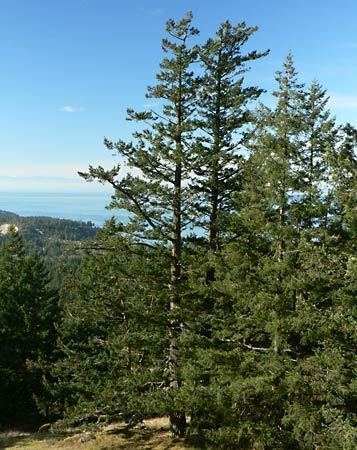
The female cones are large and usually woody, 2–60 cm (1–24 in) long, with numerous spirally arranged scales, and two winged seeds on each scale. The male cones are small, 0.5–6.0 cm (0.2–2 in) long, and fall soon after pollination; pollen dispersal is by wind. Seed dispersal is mostly by wind, but some species have large seeds with reduced wings, and are dispersed by birds. Analysis of Pinaceae cones reveals how selective pressure has shaped the evolution of variable cone size and function throughout the family. Variation in cone size in the family has likely resulted from the variation of seed dispersal mechanisms available in their environments over time. All Pinaceae with seeds weighing less than 90 mg are seemingly adapted for wind dispersal. Pines having seeds larger than 100 mg are more likely to have benefited from adaptations that promote animal dispersal, particularly by birds. Pinaceae that persist in areas where tree squirrels are abundant do not seem to have evolved adaptations for bird dispersal.
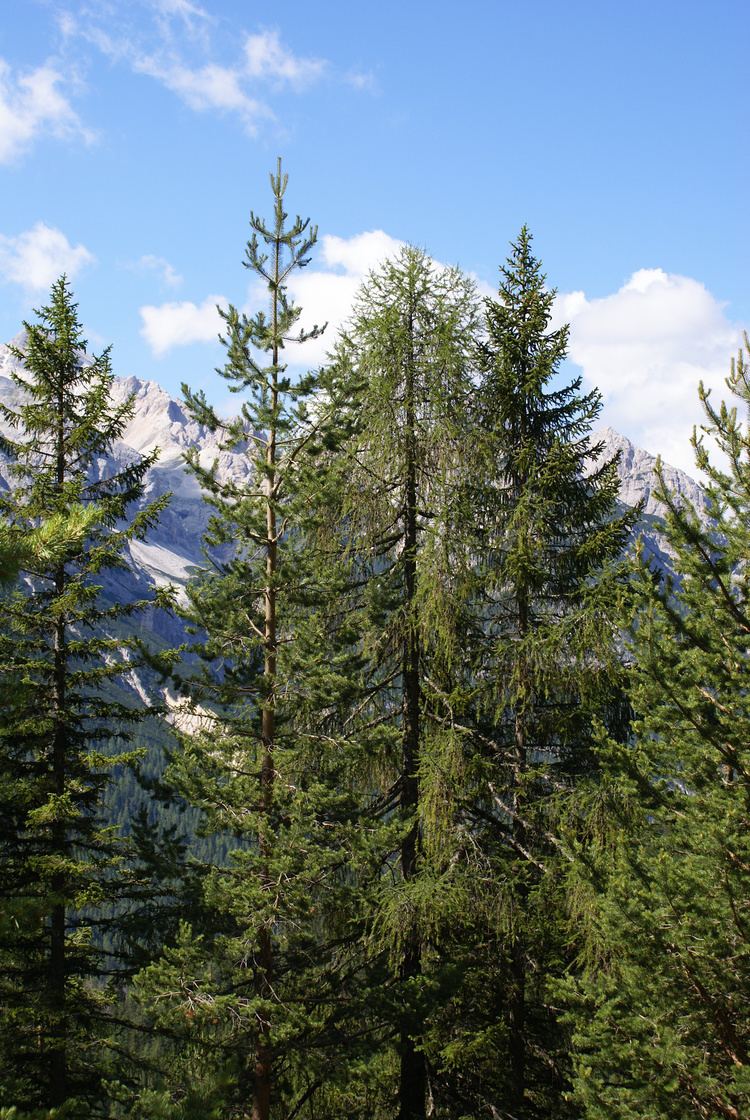
Boreal conifers have many adaptions for winter. The narrow conical shape of northern conifers, and their downward-drooping limbs help them shed snow, and many of them seasonally alter their biochemistry to make them more resistant to freezing, called "hardening".
Classification
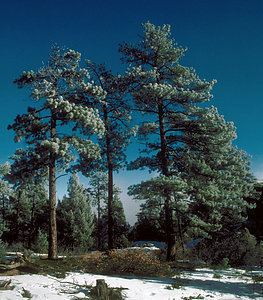
Classification of the subfamilies and genera of Pinaceae has been subject to debate in the past. Pinaceae ecology, morphology, and history have all been used as the basis for methods of analyses of the family. An 1891 publication divided the family into two subfamiles, using the number and position of resin canals in the primary vascular region of the young taproot as the primary consideration. In a 1910 publication, the family was divided into two tribes based on the occurrence and type of long–short shoot dimorphism. A more recent classification divided the subfamilies and genera based on the consideration of features of ovulate cone anatomy among extant and fossil members of the family. Below is an example of how the morphology has been used to classify Pinaceae. The 11 genera are grouped into four subfamilies, based on the morphology of the cones, seeds, and leaves:
